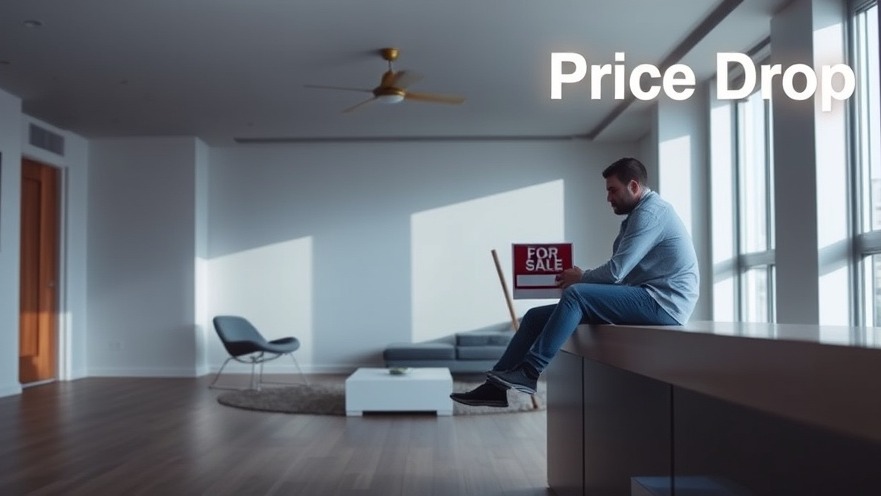
Economic Pressures on Homeownership
The landscape of U.S. homeownership is undeniably shifting as rising taxes and increasing insurance costs create substantial barriers for both prospective buyers and current homeowners. In 2025, this trend reveals a worrying vulnerability in home affordability, challenging the stability that many have relied on. With soaring costs, many individuals find themselves reassessing their ability to afford homes, leading to perhaps unprecedented declines in sales.
The Weight of Rising Taxes
Across numerous states, property taxes continue to climb, often outpacing wage growth and inflating the cost of existing homes. Especially in urban centers like Los Angeles and New York, residents face grim choices, surrendering their budgets to sustain ownership or re-evaluating their living arrangements altogether. Furthermore, local governments often cite the need for increased public services as a primary justification, creating an entangled web of economic reasoning that leaves many feeling cornered.
The Surge in Insurance Fees
Compounding the financial strain are the rising costs of homeowners insurance. With a marked increase in severe weather events, insurers are forced to adjust premiums to mitigate risks. Homeowners are finding that sufficient coverage is becoming a luxury, further complicating the homeownership experience. The impending 2025 hurricane season, for instance, has already added to the financial burden, as millions of homes face not only the threat of natural disasters but also inflated insurance rates.
Current Market Trends and Future Predictions
Examining current market trends reveals alarming insights. According to various reports, home sales across the U.S. have had to adapt severely, experiencing declines of nearly 20% in some regions this May alone. In light of these statistics, future predictions suggest a potentially volatile market unless both legislative and market changes occur swiftly. Analysts point out that without addressing these two main contributors—taxes and insurance—homeownership may continue to slip out of reach for everyday Americans.
Impact on Residential and Commercial Property Owners
For residential and commercial property owners alike, these financial trends necessitate strategic planning. Investors, for instance, may need to tap into renovation strategies to improve their property's value despite a sluggish market. As a result, adaptive strategies like exploring long-term rentals or diversifying portfolios may provide a lifeline amidst the shifting tides.
Actionable Insights for Homeowners
What can homeowners do in the face of these challenges? First, it's crucial to assess your property investments and seek options for refinancing. Also, engaging with local advocacy groups about property taxes could yield potential relief. Another proactive step is exploring insurance options—many homeowners may not realize they can shop around for better rates. In an increasingly complicated market, staying informed and agile has never been more important.
Ultimately, understanding these dynamics empowers homeowners to make informed decisions in a challenging landscape. The complexities surrounding rising taxes and insurance costs are not just isolated issues—they’re integral to the very fabric of homeownership today. While the road ahead may seem daunting, strategic awareness and action can shape a more favorable outcome.
 Add Row
Add Row  Add
Add 




Write A Comment